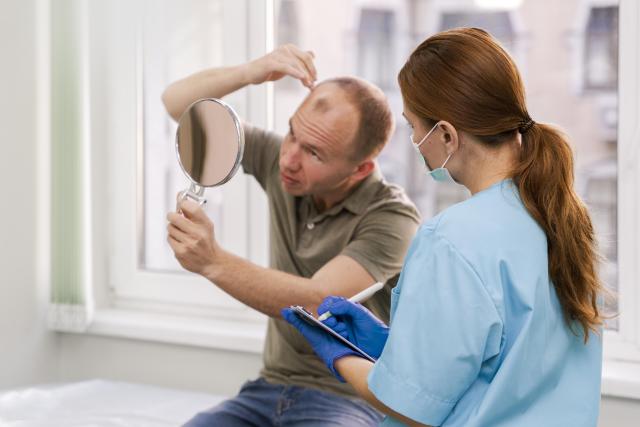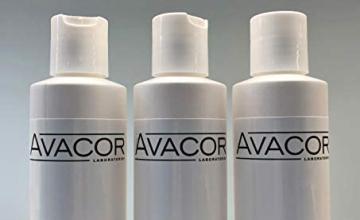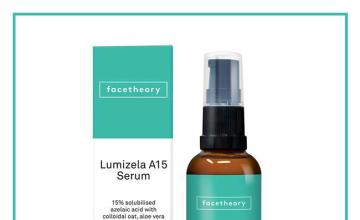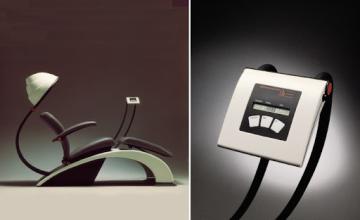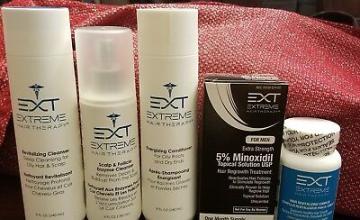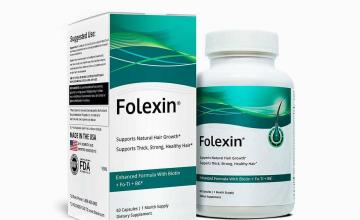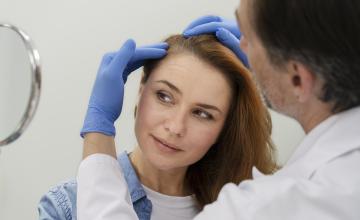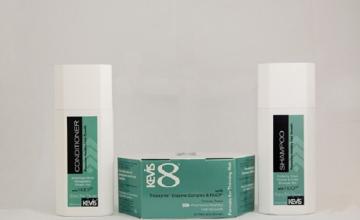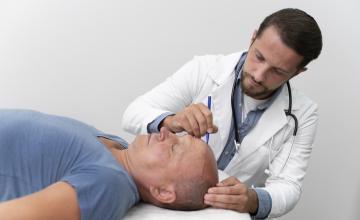Balding Has Been Cured
Try telling that to 80 million men and women who are suffering from hair loss in the United States. They will laugh at you. Yet on a daily basis we are bombarded with ads for hair loss treatments like Avacor, Hair Genesis, Fabao and Procerin that use misleading advertising to sell their products. Thanks to their persuasive messages promising to regrow hair, consumers will spend nearly one billion dollars trying to find an effective hair loss remedy and fall victim to misleading advertising like this.
Thinning hair is a source of distress for millions of men and women so it is not unusual for them to seek help from anything that sounds like it will work. Most questionable hair loss products use similar, misleading marketing techniques ranging from claims to testimonials and photos.
Hair Loss Product Claims
Many hair loss products claim to be able to restore hair through the use of drugs, herbal lotions or other exotic applications like lights, lasers or electrical fields. While many of these products have been around for years, there is little evidence that they can restore hair.
How are they allowed to make such claims? These products often use small amounts of generic drugs found in Propecia and Rogaine (finasteride and minoxidil) which allows them to make the claim to stop hair loss or they imply hair growth with 'cosmetic' claims.
Misleading Marketing
Some hair loss products lead you to believe that they can stop hair loss by parsing their words. They can't come out and claim to regrow hair or stop hair loss, so they advertise vague claims like "thicker, fuller hair". This is a 'cosmetic' claim that any product can make. Be advised that cosmetic claims cannot restore hair or grow hair because they are not proven to do so.
False Testimonials
With the anonymous nature of Internet postings, people posing as users will mislead others with false testimonials. Often, positive reviews are produced by people compensated to post these messages. Since there is no real regulation of online postings, consumers are advised to take testimonials with skepticism.
Phony Photos
Most product advertising that claim that you can "Regrow Hair!" or make your hair 'thicker and fuller' and show a photo of a balding person with thin hair next to a photo of the same person with thicker hair covering the baldness. Photos don't lie, do they?
Well, yes they do.
You can prove it yourself. Take a photo of a head with thinning hair using a flash camera and then photograph the same head without the flash. The photo with the flash will look like a bald head and the photo without the flash will look like more hair.
Lighting, length of hair and how the hair is arranged on the head determine whether a photo of a head looks bald or not. Most people go through the same routine as balding advances: they push hair from here to there and hair spray it into place in the hope that no one will notice that we are going bald. To the extreme, this becomes the 'comb-over' hair style.
Review the photos of hair loss products you've seen. In most cases there will be just a few and they will all have misleading elements like lighting, hair style and length of hair in the 'before and after' photographs. If the products or services are really legitimate, there should be dozens of photos, if not hundreds or thousands.
The FDA and the FCC
Sadly, we think that the United States Food and Drug Administration and the Federal Communications Commission (agencies who regulate such issues) can stop these scams. Unfortunately, they can't. Since the FDA approved Minoxidil and Finasteride as effective in stopping hair loss, any inclusion of these products in any form enables marketing companies to make hair restoration claims.
Even the studies done for Rogaine and Propecia are not that encouraging. When Rogaine was studied (active ingredient is minoxidil), 16% of the placebo group had measurable new hair growth. Four out of twenty-five people had real, measurable hair growth when they believed they were using something that worked. Both studies were limited in time and scope. To read the studies that were done achieve FDA approval, visit the FDA web site and scroll down to Propecia and Rogaine. (http://www.fda.gov/cder/foi/nda/index97.htm )
Hair Loss and Hair Restoration
If a person is genetically prone to hair loss and balding, FDA proven hair loss treatments may help slow the process if they are used early and often. If you are like many and have already lost more hair than you're happy with, there is only one option to restoring your own natural hair: hair transplants. Hair transplants have become an art in the restoration of natural hair which is genetically resistant to the causes of balding.
Like any surgical solution, your success depends upon the quality of the doctor you choose. Doctors who are successful in restoring a natural looking head of hair are carefully reviewed by the Coalition of Hair Restoration Physicians for membership in this exclusive organization. They must allow access to past patients, confirm their training and provide photos and videos of their patients.
While hair transplants are not possible for everyone, they are now more natural and affordable than ever before.
View hundreds of real hair transplant photos done by the world's top hair loss specialists who are members of the Coalition of Hair Restoration Physicians.
